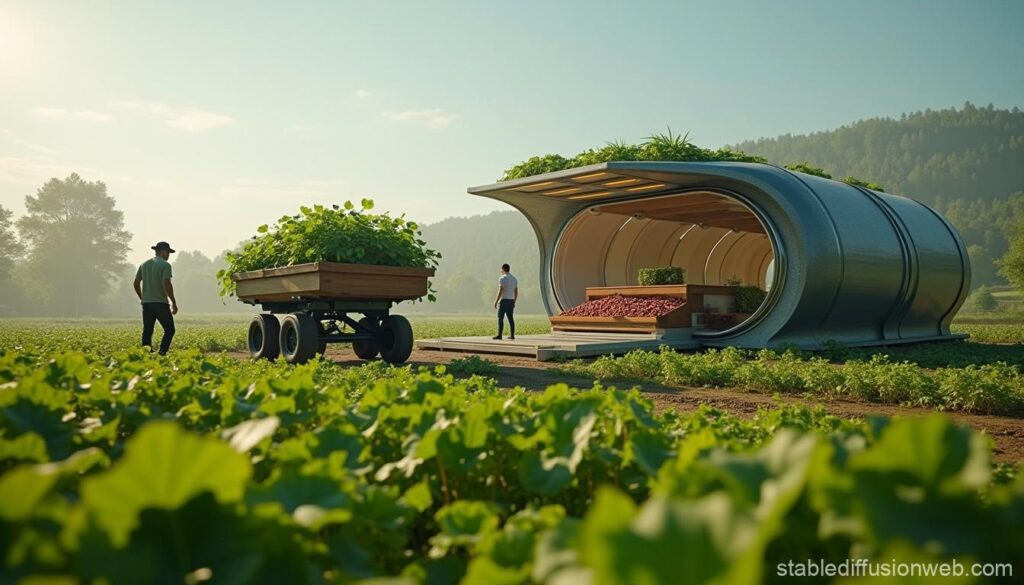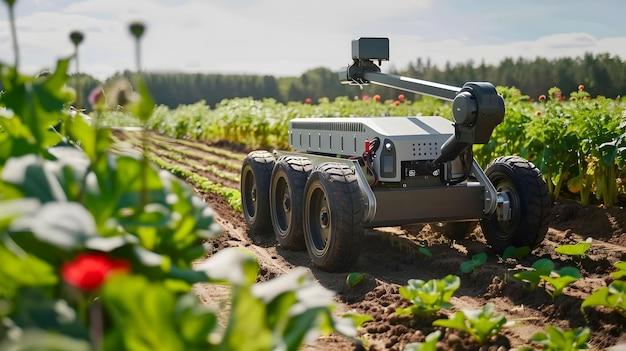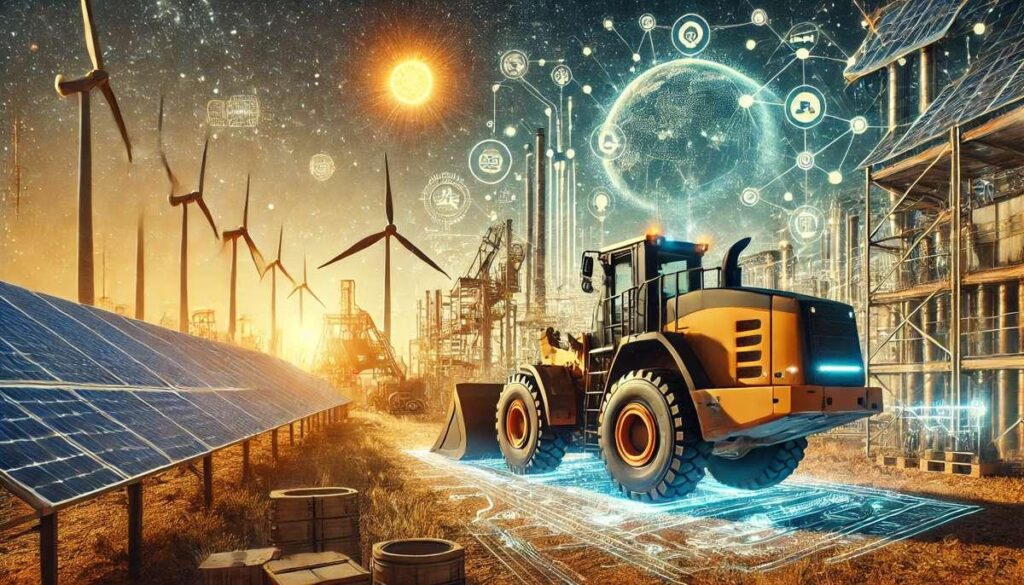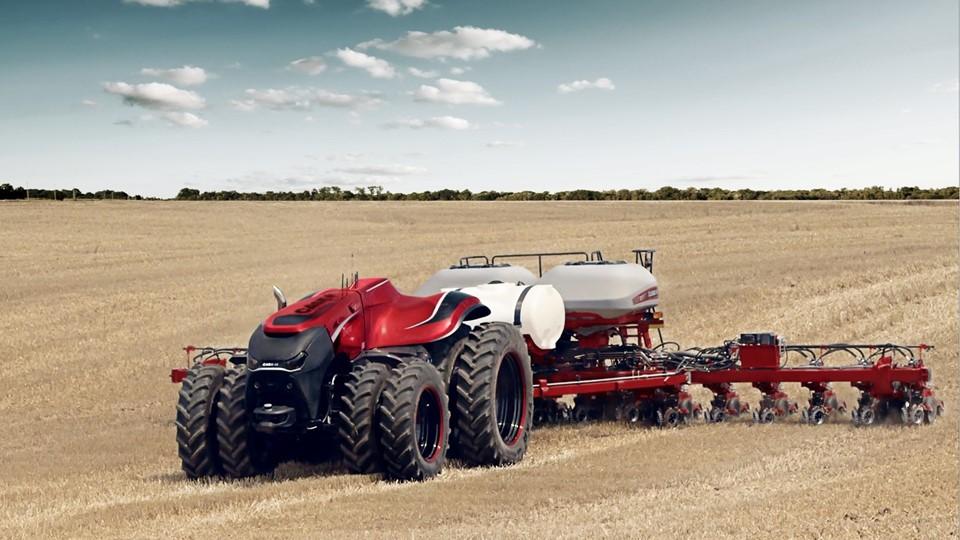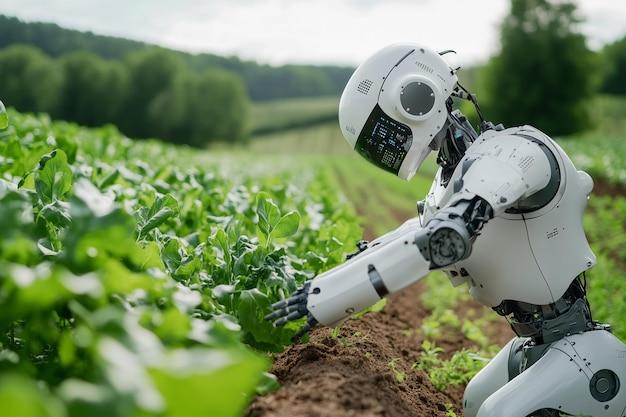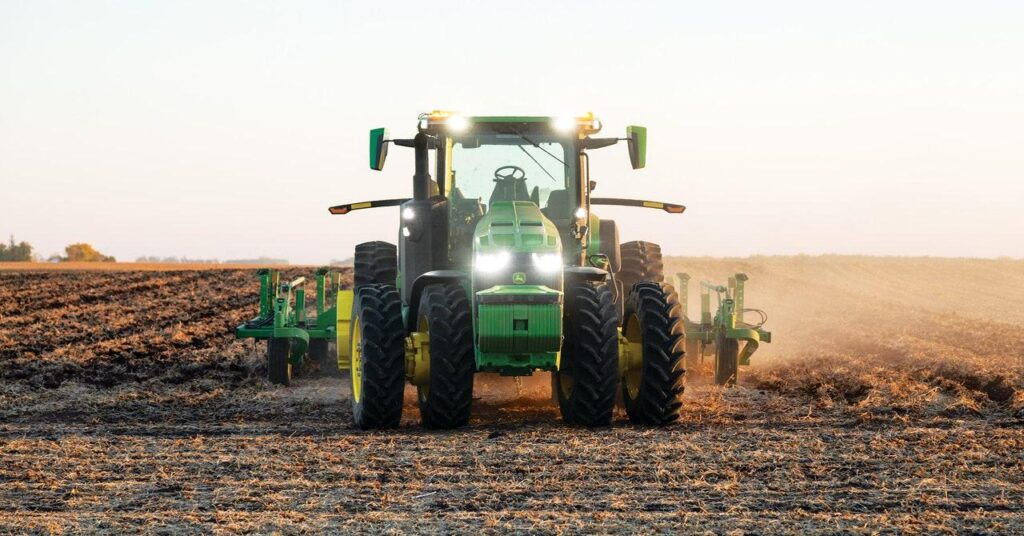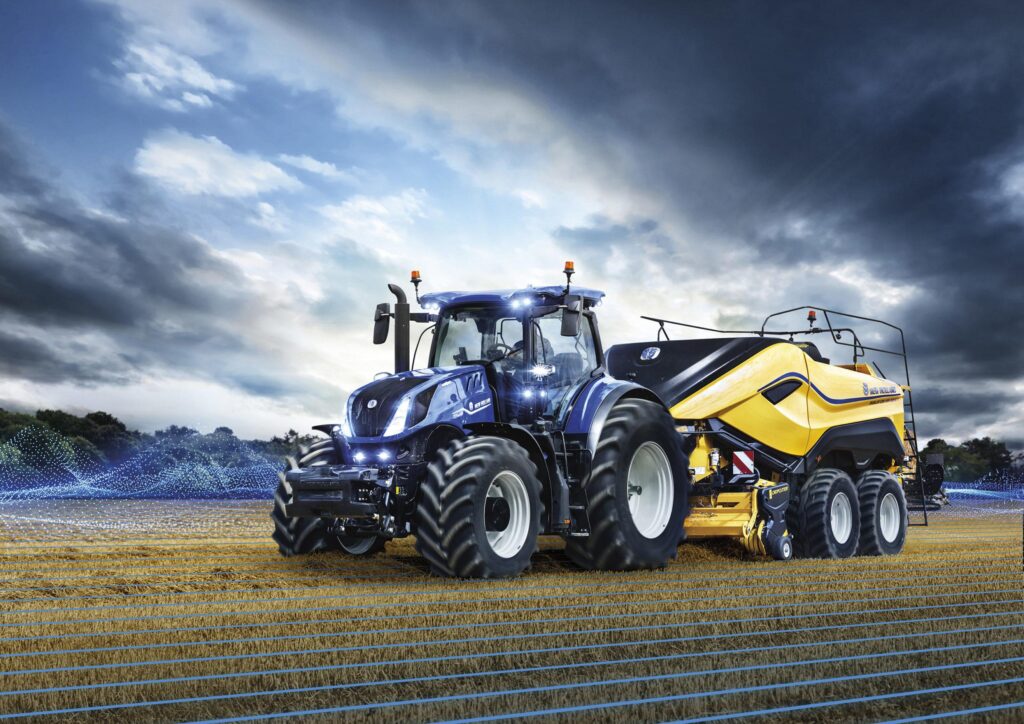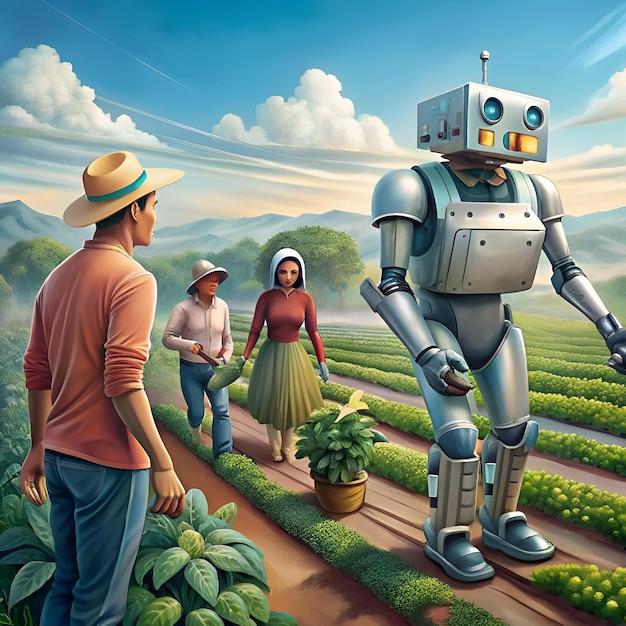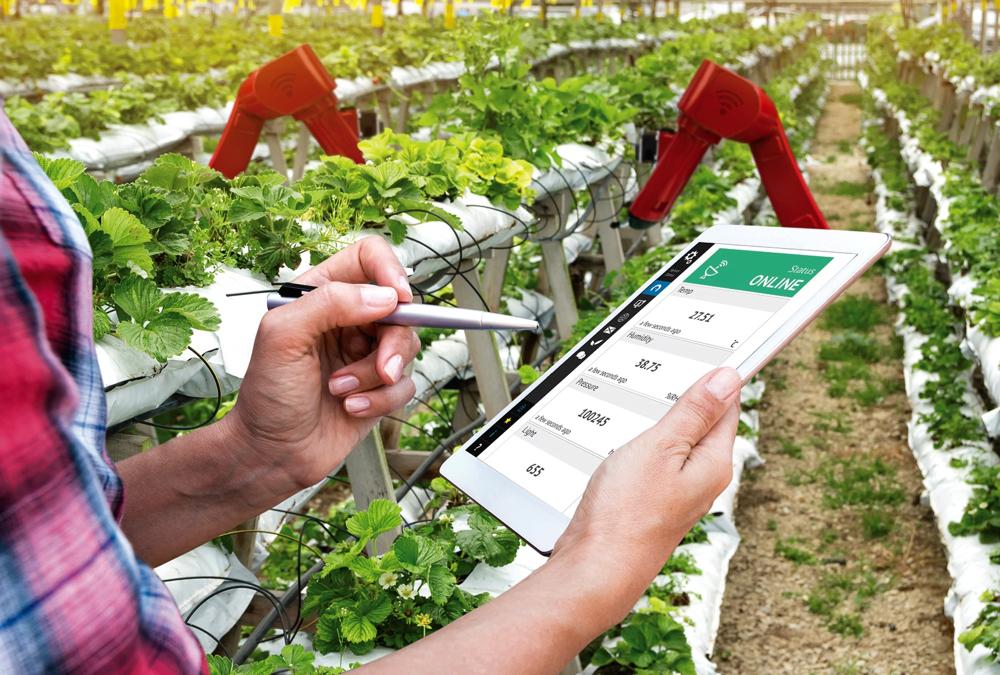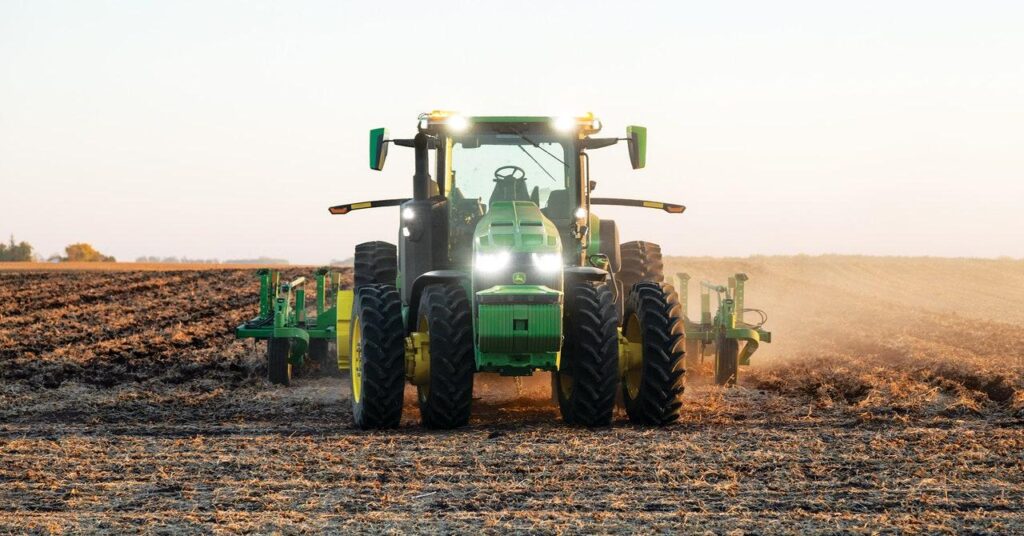The Consumer Electronics Show (CES) 2024 showcased groundbreaking technological innovations aimed at transforming traditional farming into sustainable agriculture. From AI-powered irrigation systems to autonomous harvesting robots, the exhibition highlighted how advanced technology is addressing critical challenges in food production while minimizing environmental impact.These developments mark a significant shift in how modern farms operate, combining digital solutions with eco-pleasant practices to meet growing global food demands. The annual Consumer Electronics show unveiled groundbreaking technological innovations set to transform sustainable farming practices. Leading agricultural technology companies showcased advanced solutions combining artificial intelligence, robotics, and IoT sensors to optimize crop yields while minimizing environmental impact.
Smart irrigation systems equipped with machine learning algorithms demonstrated up to 40% water savings compared to traditional methods. These systems analyze real-time soil moisture data, weather patterns, and crop-specific requirements to deliver precise amounts of water when and where needed. Integrated sensors monitor nutrient levels,enabling targeted fertilizer application and reducing chemical runoff into waterways.
Autonomous farming robots captured significant attention, featuring advanced computer vision and AI capabilities. These machines navigate fields independently, identifying and removing weeds with 95% accuracy using mechanical methods rather than herbicides. Solar-powered variants operate continuously during daylight hours, reducing fossil fuel consumption while maintaining round-the-clock field management.
Vertical farming solutions exhibited notable improvements in energy efficiency through LED lighting innovations. New photosynthesis-optimized light spectrums reduce power consumption by 30% while accelerating plant growth. Multi-layer growing systems maximize space utilization, producing up to 400% more crops per square foot compared to conventional farming methods.
Blockchain technology integration enables transparent supply chain tracking from seed to store. consumers can access detailed data about farming practices, water usage, and carbon footprint through smartphone apps. This openness encourages sustainable farming practices while meeting growing consumer demand for environmental accountability.
Drone technology showcased significant advancements in precision agriculture. Multi-spectral imaging capabilities allow farmers to identify crop stress,disease outbreaks,and pest infestations before they become visible to the human eye. AI-powered analysis provides actionable insights, reducing pesticide use by up to 60% through targeted intervention strategies.
Indoor farming systems demonstrated breakthrough developments in climate control technology. Smart HVAC systems maintain optimal growing conditions while using 45% less energy than previous generations.Integrated CO2 capture systems repurpose emissions to enhance plant growth, creating closed-loop environments that maximize resource efficiency.
Soil health monitoring systems emerged as crucial tools for sustainable agriculture. Advanced sensors measure microbial activity, organic matter content, and nutrient cycling in real-time. This data enables farmers to maintain soil biodiversity and carbon sequestration potential while optimizing crop rotation schedules.
These technological innovations represent a significant step forward in addressing global food security challenges while reducing agriculture’s environmental impact. Early adopters report increased yields, reduced input costs, and improved soil health metrics. As these technologies become more accessible and affordable, they are expected to drive widespread adoption of sustainable farming practices across both small-scale and industrial agriculture operations.

